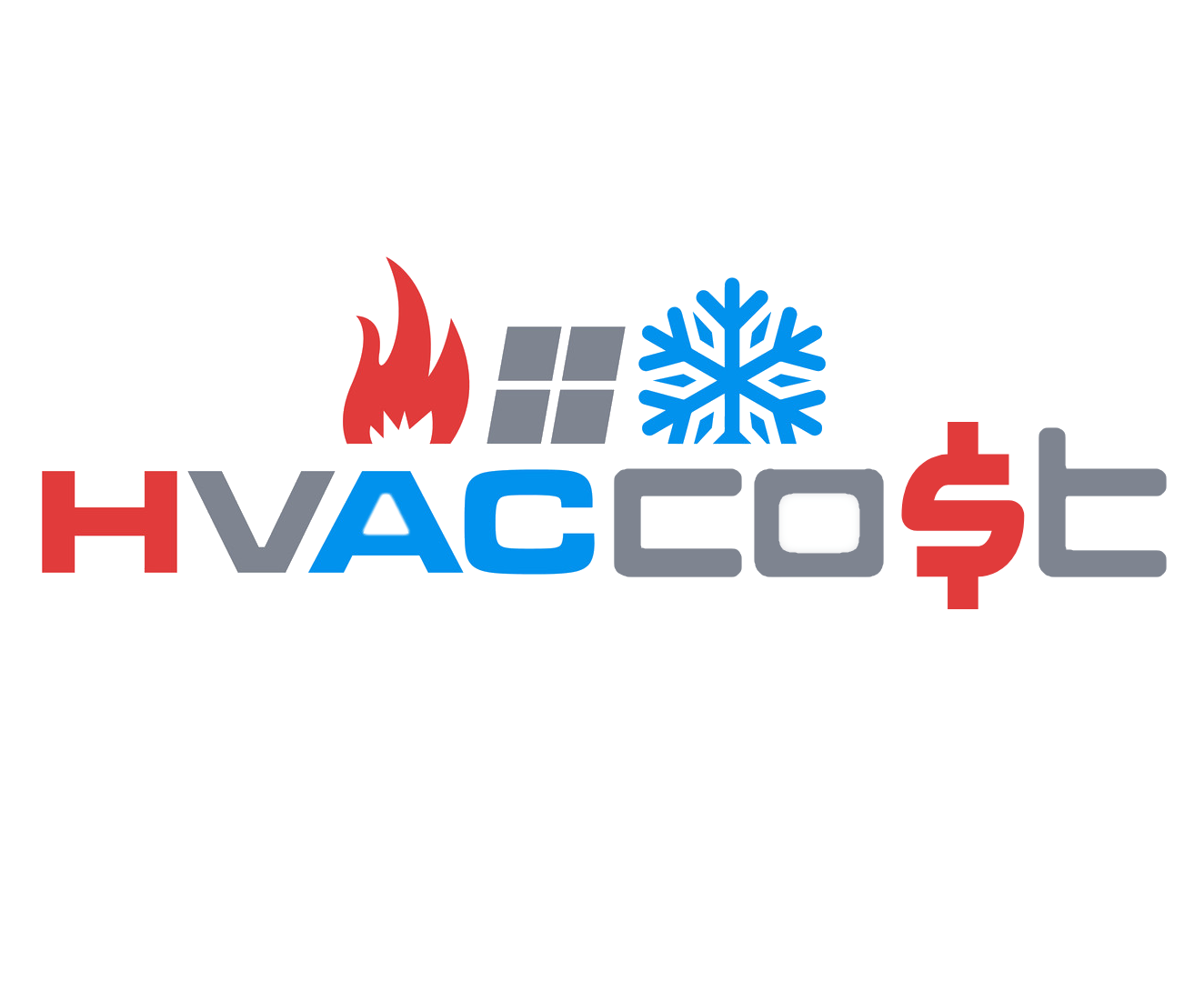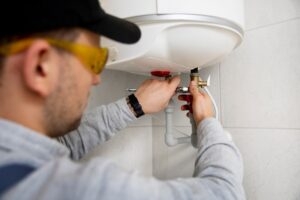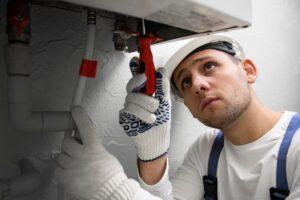Traditional water heaters have been the norm in most homes for decades. These units consist of a large tank that constantly keeps a reserve of hot water ready for use. However, a new type of water heater is gaining popularity – the tankless, or on-demand, water heater. As the name suggests, these units do not have a storage tank and instead instantly heat water as needed.
While tankless water heaters come with several advantages over traditional models, the upfront cost is usually higher. Understanding the price differences and additional expenses of installing tankless heaters can help homeowners decide if the switch makes sense financially.
Cost Comparison
| Cost Factor | Traditional Tank | Tankless |
|---|---|---|
| Equipment Purchase Price | $300 – $500 | $500 – $1500 |
| Electrical Upgrade for Whole House | Not Required | $1000+ |
| Venting/Gas Piping | Existing Infrastructure | $200 – $500 |
| Professional Installation | Optional | Often Required, $500+ |
| Energy Use Over Time | Less Efficient | More Efficient |
Higher Initial Cost
The most obvious difference between tank and tankless water heaters is the purchase price. Tankless units run on gas or electricity, but even affordable gas-powered models start around $500 on average. More advanced electric tankless heaters range from $1000 to $1500 before installation. By comparison, traditional water heater tanks can cost as little as $300 to $500.
The increased cost comes from the more complex internal components that allow tankless heaters to instantly raise water temperature. Elements, control boards, temperature sensors – all of these parts drive up manufacturing expenses. Their compact size also leads to a condensing design in gas tankless models, which further raises the price tag.
Bigger Units for Whole Home Use
One major consideration with tankless water heaters is the required power or gas supply to support consistent hot water. Lower-priced basic models may only produce around 2 gallons per minute (GPM), while higher-flow designs output up to 10 GPM. For a whole home unit that can run multiple water sources at once, an output closer to 8 GPM or more makes sense.
However, as the water heating output goes up, so does the required power in electric tankless models or the BTU rating for gas units. Either way, higher hot water yield means installing larger capacity equipment. While it may be tempting to save on costs by getting lower GPM units, the trade-off is potentially unreliable hot water if used for an entire house.
Electrical Upgrade Expenses
Electric tankless water heaters require a lot of power, sometimes up to 200 amps depending on the model and flow rate. For comparison, many traditional water heater tanks run on 30 amp to 50 amp electrical supplies. Upgrading an existing electrical panel and running new, high-capacity lines to support a whole home electric tankless unit can add over $1000 in labor and materials to the total project cost.
Specialized Venting for Gas Models
Gas-powered tankless water heaters require direct outdoor venting to avoid carbon monoxide buildup indoors. While traditional water heaters vent out of chimneys, tankless heaters need sealed stainless steel venting specifically designed for high-efficiency condensing units. Special connection fittings and horizontal or vertical vent configurations add more in material expenses and complexity for installation.
Professional Installation Often Needed
From running new electric lines to gas piping and venting, installing tankless water heaters requires expertise beyond DIY projects for homeowners. While traditional water heater tanks often use existing infrastructure, tankless models regularly need some degree of reconfiguring household systems. Bringing in qualified technicians and plumbers is an additional expense but also helps ensure proper functioning and safety when transitioning to these more high-tech appliances.
Lower Energy Use Over Time
On the positive financial side, operating tankless water heaters over years of use ultimately saves money through lower energy bills compared to traditional tanks. Never having to heat excess stored water means better efficiency, sometimes upwards of 30% to 50% less consumption. So while the upfront costs are higher, reduced electrical or gas usage slowly offsets some of the price difference long-term.
Weighing the Pros and Cons
Tankless water heaters provide nearly endless hot water, space-saving design, and potential energy savings over time. However, realizing these benefits requires thorough planning and budgeting for purchase variables and installation factors unique to tankless models. Choosing the right power or flow specs to meet household demand is also essential for performance. Weighing all the costs against efficiency advantages helps determine if entering the new era of tankless hot water supply makes smart money sense.




